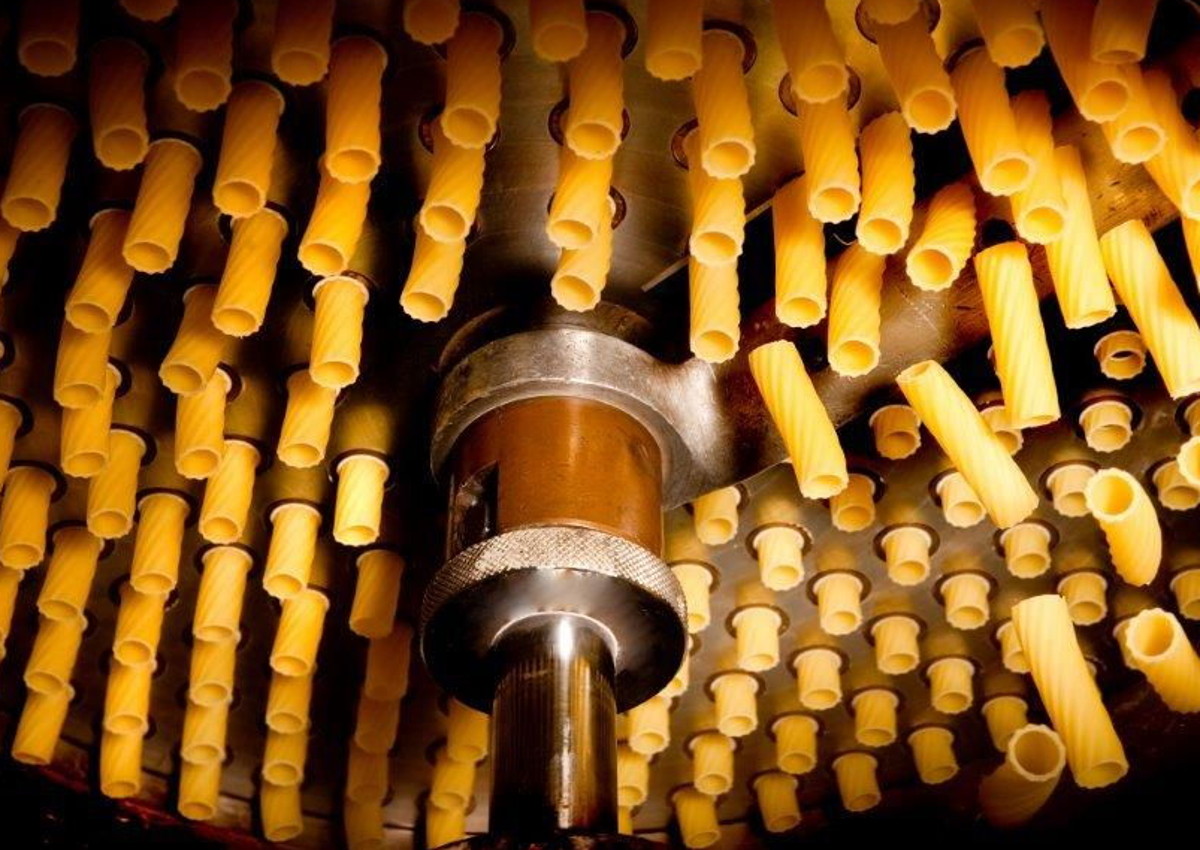
While being the fourth pasta manufacturer in the world, after Italy, the USA, and Turkey, Brazil is a net importer of the sector. However, since local production essentially consists of soft wheat, imports are mainly based on more elaborate products, such as durum wheat dried pasta. The presence of pasta on Brazilian tables has enjoyed a steady increase, as it can be prepared quickly, costs little, and is a complete food item from a nutritional point of view.
Trivia
Thanks to the typical restaurants opened by immigrants, pasta has lost its definition as an exotic product in South America that was initially only consumed in the Italian neighborhoods of Sao Paulo, Buenos Aires, Montevideo, and has thus evolved into being a specialty used by the majority of the population. In Brazil, the shift from hand-crafted to industrial pasta production has occurred later than in other Latin American countries that are densely-populated with Italian immigrants. But it has closed this gap in no time. As a matter of fact, there were 330 pasta producers in Brazil at the end of the 30s, which in 1959 had increased to 440, or, in other words, half of South America. It is therefore not a coincidence that Rio de Janeiro hosted the 13th World Pasta Day in 2010. Italian producers mainly export soft wheat pasta enriched with eggs to Brazil. This is because 90% of Brazilians are used to eating that kind of pasta and most of the population cannot afford to buy pasta made of durum wheat. In addition, like other mass consumption products, the pasta is mixed with iron and folic acid in this country. With regard to alternative and innovative recipes, there is special pasta enriched with particular ingredients, such as red beetroot, rosemary, beans, or hemp flour, in addition to semolina, with the aim of combining quality and flavour to the nutritional aspects of superfood, winking at over 50 consumers.
Favorite recipes
Macarrão ao molho branco: these are typical Brazilian spaghetti and not macaroni. The molho branco is a kind of bechamel prepared with butter or margarine, maize, milk or cream, salt and pepper. This mixture is poured on the spaghetti without mixing it with the previously cooked and cooled pasta, but simply putting it on top. Other ingredients (grated cheese, bacon, sausage, or broccoli) can also be added to the molho branco. Pasta is offered as a classic first dish, especially in restaurants, but it ‘works’ even in a more casual and popular version, as an alternative side dish to rice, so as to accompany local specialties from feijoada to picanha.
